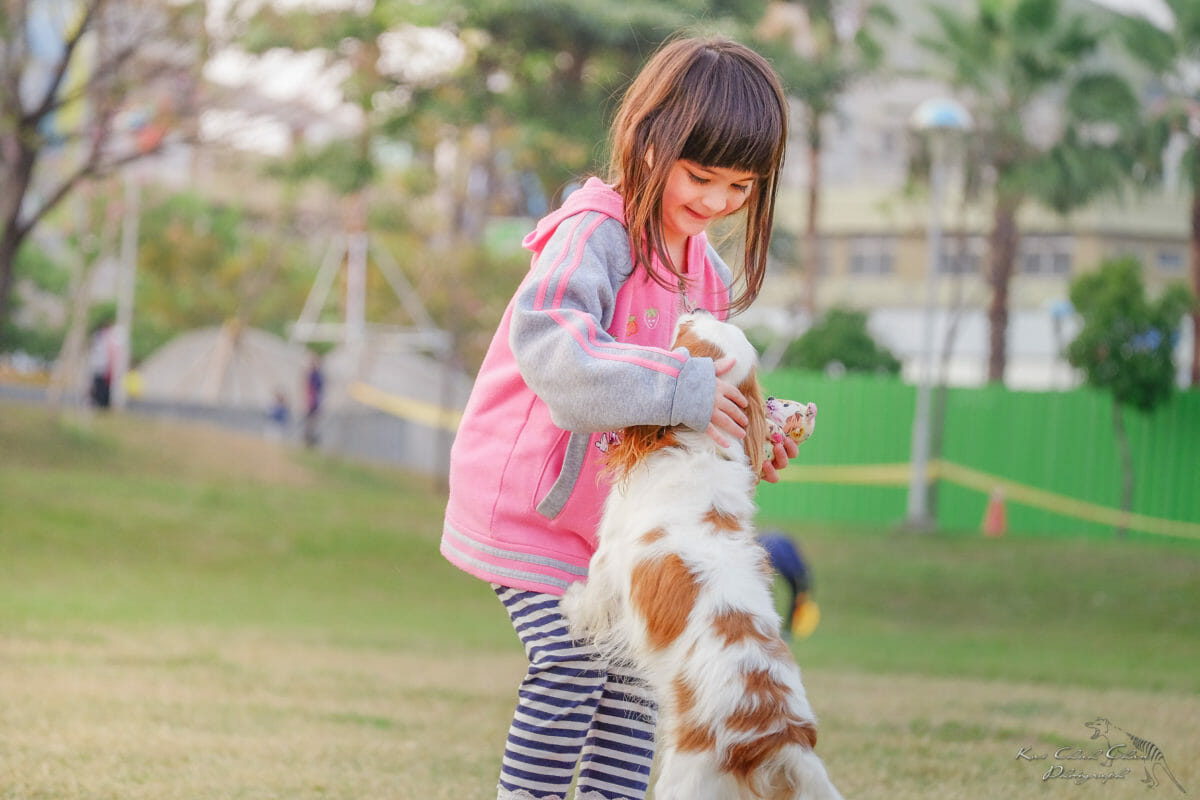
Our pets are more than just animals—they’re family.
The death of a household pet is hard enough on adults, who may have been with their animals since birth. Children can be particularly sensitive to this inevitability, however. For many families, the passing of a family dog or cat is the first time a child experiences the grief of losing a loved one. It represents a vulnerable and character-shaping point in their life.
Research shows that the death of a pet is similar to the death of a family member. It’s important to help your child deal with the grief of losing a pet so they can best understand how to process grief in the future.
Breaking the News and Sharing in Grief
Perhaps the most difficult part of your child’s grieving process will be this step. They will be confused and possibly angry. Remember that for many, this will be their first confrontation with the death of a loved one. They may not even understand death as a concept yet.
Tell them in a comfortable and familiar place, preferably one-on-one. Be prepared to honestly answer the questions they have, considering phrases like “it was their time,” “they are in a better place now,” and “we have tried everything we can to keep them here.”
Your responses to their questions and the tone you use to explain them will depend on the emotional maturity of your child. They may be old enough to understand euthanasia or young enough to understand the concepts of death barely.
Your child will be able to process their emotions better if they see similar grief when talking to you. The death of a pet won’t just affect them; it’s okay to experience your own grief and also look after your child. Showing your emotions in front of them sets an example for them to follow and will help both of you heal.
In the days and weeks following, sharing stories about your lost pet and any pets you had before will help normalize the situation and show your child that this process is not unnatural or harmful.
Helping Your Child Cope in the Long Term
Depending on your child and how long your pet has been around, the grieving process could last for several months. This is natural and healthy and only shows the love you have for your pet.
Continuing to explore your child’s complex emotions about their loss will help them naturally finish their grieving process. Don’t get frustrated or angry if they are still in the early stages of grief a long while after your pet is gone.
Everybody, including children, copes with loss differently.
Memorializing
After a little while has passed, consider memorializing your lost pet. This can help both you and your child reflect on the great times you had with them.
Photographs and collages are great ideas, and many artists can draw or paint your pets, giving you and your child beautiful keepsakes to last lifetimes.
However you remember your furry friends, try to remember the great times. When you first got them as a kitten, or when they would take their lease and walk themselves without you holding on. These are the memories that will stay with your child the most!
Self-Care and Moving Forward
Grieving is a multistep process, and coping with the loss of a pet follows the same steps. It could take a long time for someone to ‘be over’ the death of a pet, so keep supporting your child if they still feel strongly about it months later.
Many people wonder when they should consider another pet. Your child should be a part of those conversations, and you all, as a household, should be on board with finding another pet.
If they are still struggling with the death of their pet, or you find your child is behaving negatively because of it, read this therapist’s Self-Care Essentials for Dealing with the Loss of a Pet.
References and Further Reading:
Grieving a Pet: How to Cope With the Loss of a Dog
